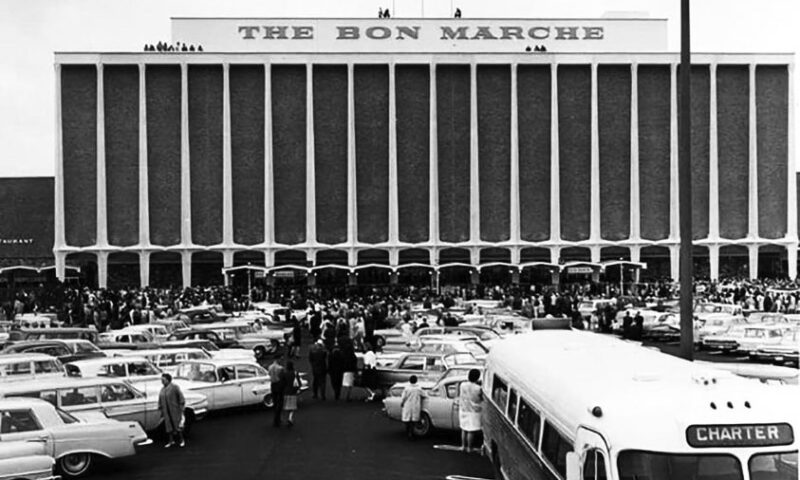By Andrea McGinty
Had you been in your 60s in the 1990s, it was a tough go at dating after a divorce, widowhood, or an ended long-term relationship. When I began matchmaking in in 1991 in my 20s, there were really no great options for singles in their 60s. Then came online dating. As it reached the 2010s, many online platforms had figured out their niche, and the over 1,400 dating sites/apps present today offer many options to senior singles. It’s a good era to be single and looking for love.
So, ready to get started? Here are eight tips:
- Adventure.
You need a sense of adventure for this journey. There will be nervousness, anxiety, excitement. Because this is the new norm!
- Age is only a chronological thing.
Get over that you are 66 or 62 or 71; age is just a number. I have clients in their 60s that are much more active than singles in their 40s. Advantage to you—you have the time to date and more flexibility than the younger crowd.
- 2020s—not the 1990s.
Men and woman 50 to 75 have flocked to online dating, and there are about a dozen sites that cater to this age group. Were this the ‘90s, what would you have done? Relied on married friends to fix you up on dates? The reality is that they don’t know many singles; frankly, they just don’t get this whole online thing, either. Remember, the biggest pool of potential singles you have ever met was college, perhaps grad school, maybe the workplace. Not any more. 48 percent of Americans are single—that’s 128 million people, and many are online.
- Stylists at Nordstrom are free.
What to wear on your first date or for your photos? Two of my clients—Jack, 61, and Michael, 68–recently went to Nordstrom and had a stylist (yep, it’s free) pick out some outfits for them that were age-appropriate and trendy. Gone were the cargo shorts and ill-fitting khakis. Both Facetimed me from Nordstrom showing me their new duds—and they looked great. What a confidence boost we know a bit of retail therapy can make.
- New haircut or look.
My mom once said to me the only constant in life is change and I better get used to it! Savvy mom. Yes, ladies, a trip to a hair stylist could be the key. While I’m absolutely not a proponent of heavy makeup, all the beauty counters offer free makeovers—just tell them you are going for a natural look that can go from day to night.
- Don’t overshare your new adventure with friends/family.
Ok, talk about the negative Nellies. You’ll hear everything from “Oh, I tried online dating and they were all weird and it was horrid” to “Oh, you’re not desperate—why would you engage in this?” Let me be direct: They have no idea what they are talking about. Working with my clients online for over 50 hours a week, being on the sites with them, I can tell you there are “normal” and “awesome” men and women online–about 95 percent of them. And as to that old theory that men in their 60s want women in their 30s and 40s—wrong. Eighty percent want a woman around their own age.
- Hire a dating coach.
She will be your cheerleader, be honest and graciously direct with you (unlike your best friend), know what works, choose the right site for you, write your profile, select exciting photos of you, and help craft messages to get those first dates.
- First-date topics.
Keep it light, friendly, positive. Easy topics are where did you grow up, movies, books, family, interests, etc. No talk of exes (yes, we all have them), acrimonious or amicable divorces, horror stories about dates, or negativity. Current events are always interesting, as long it’s not about divisiveness and politics.
Andrea McGinty is the founder of It’s Just Lunch, a dating service. She sold it and founded 33000Dates.com, and specializes in singles who are in their 50s, 60s and 70s.

